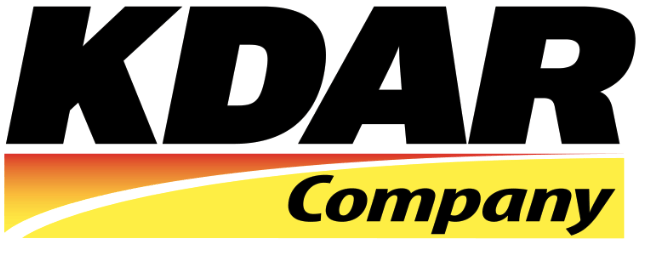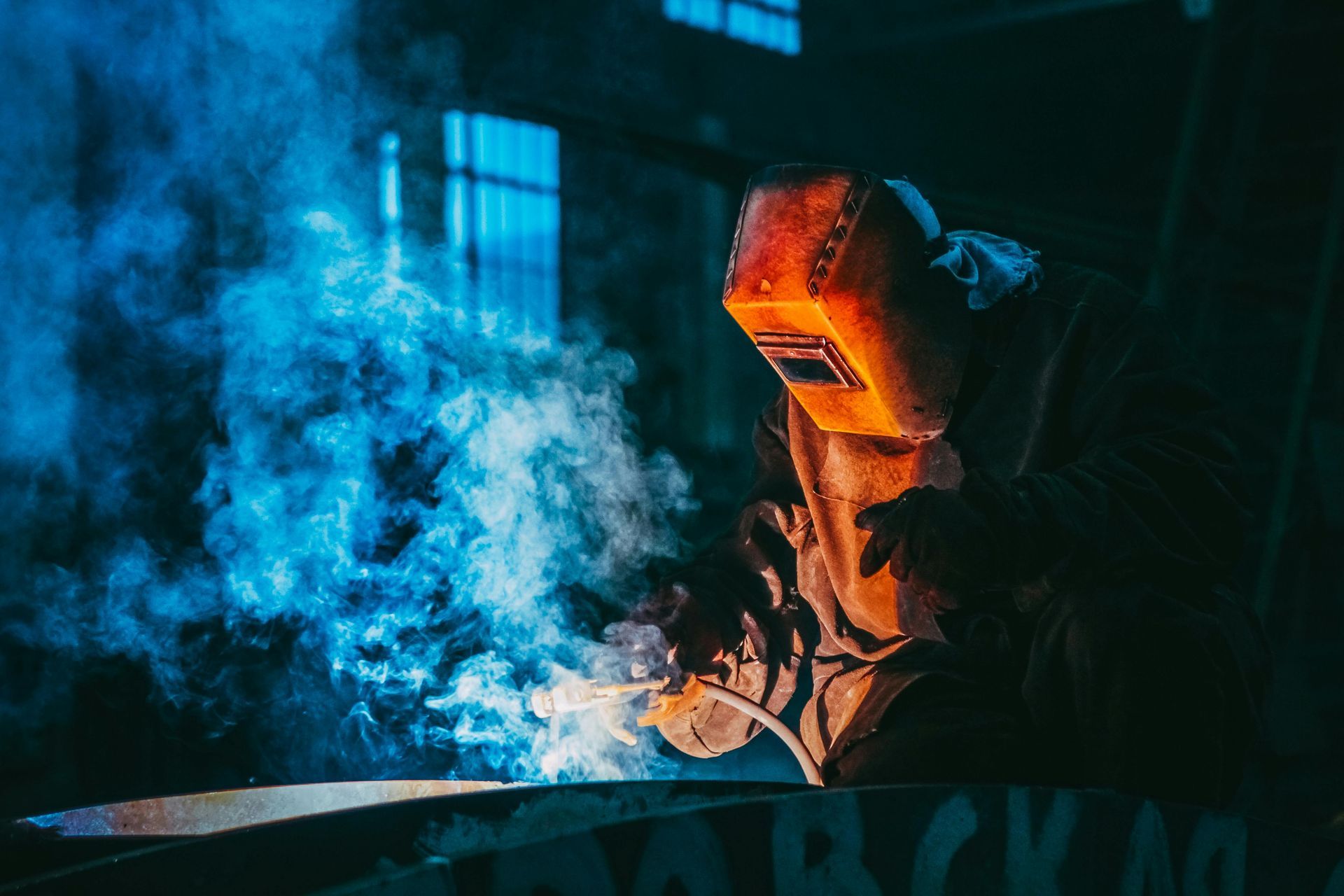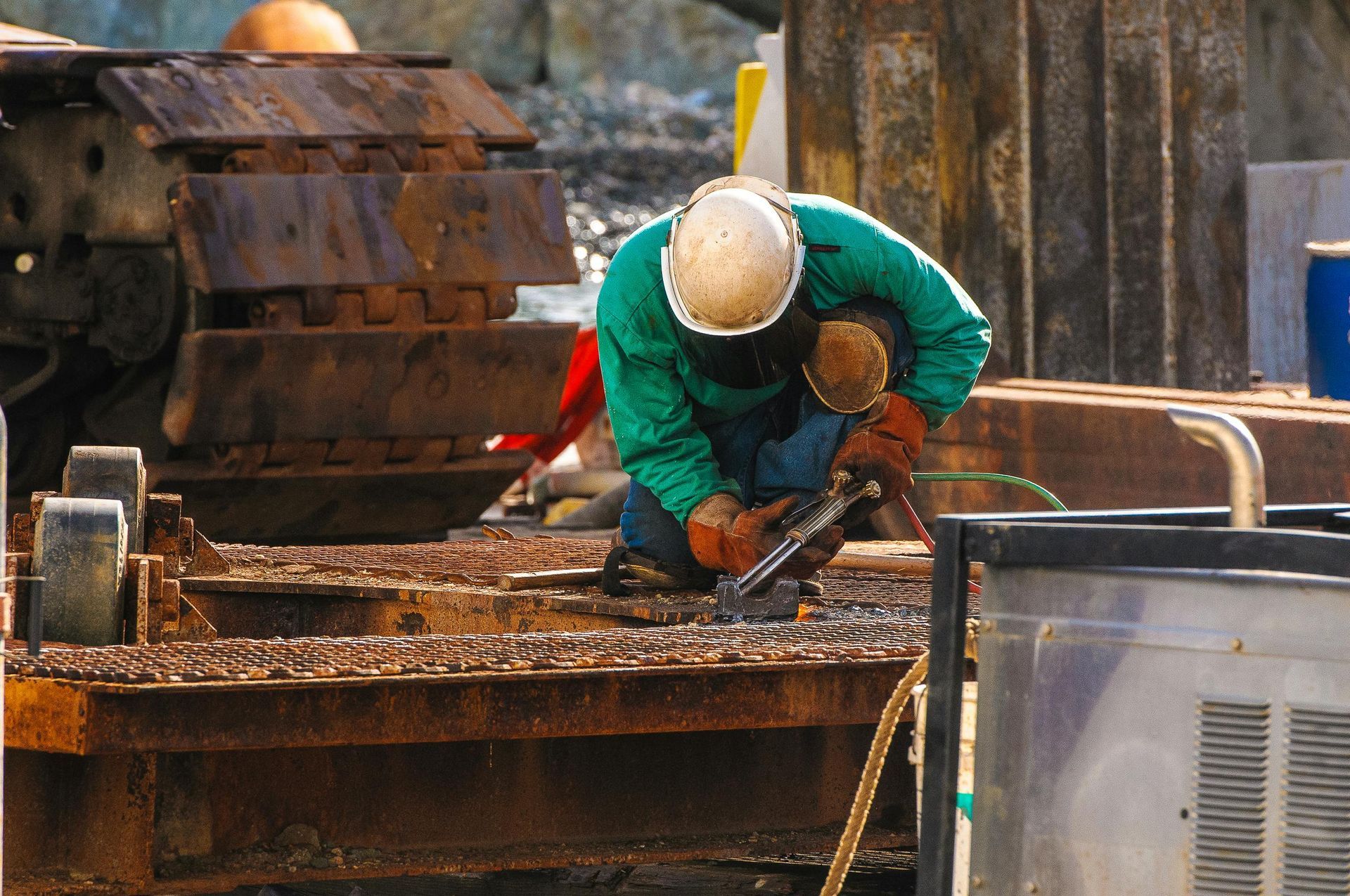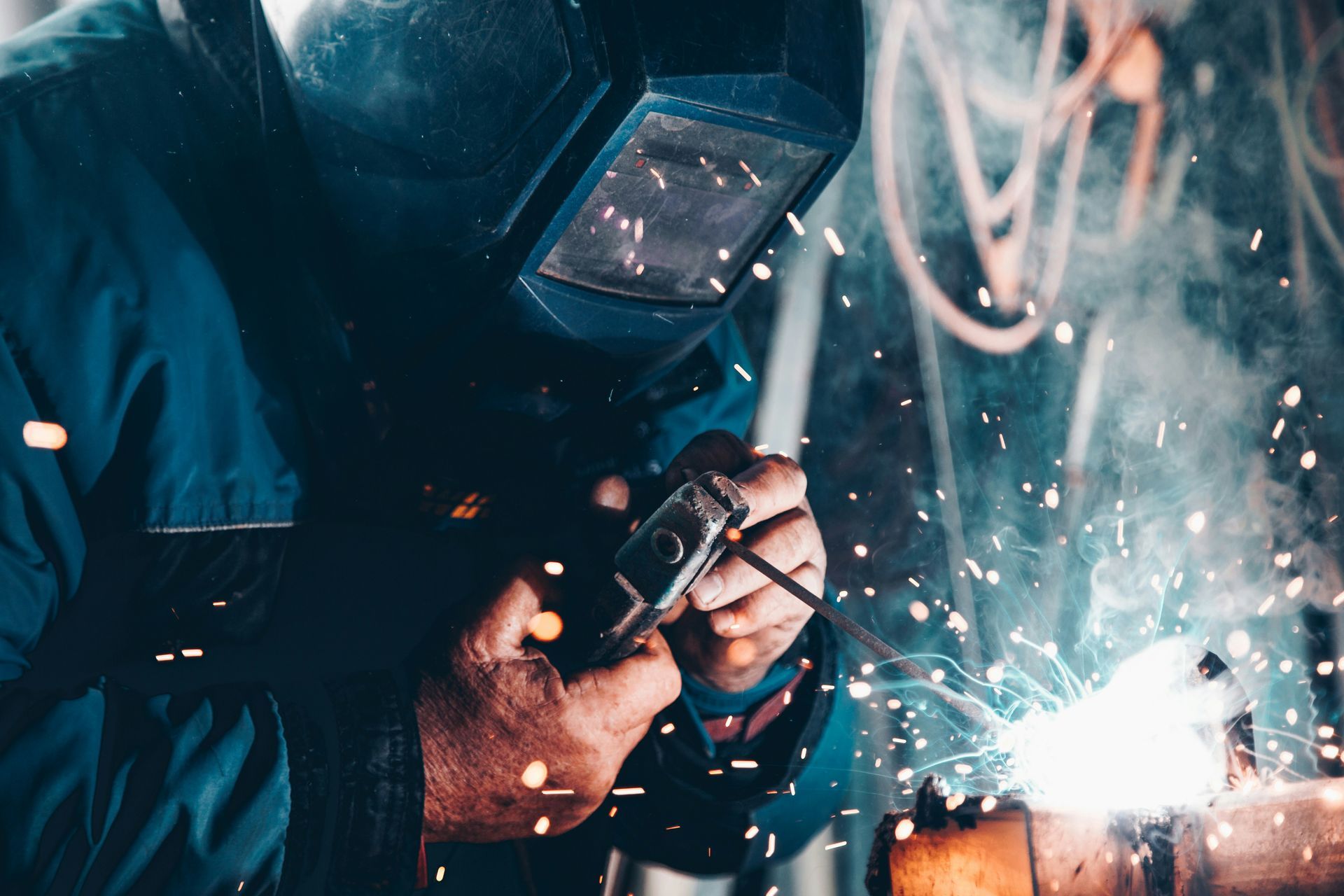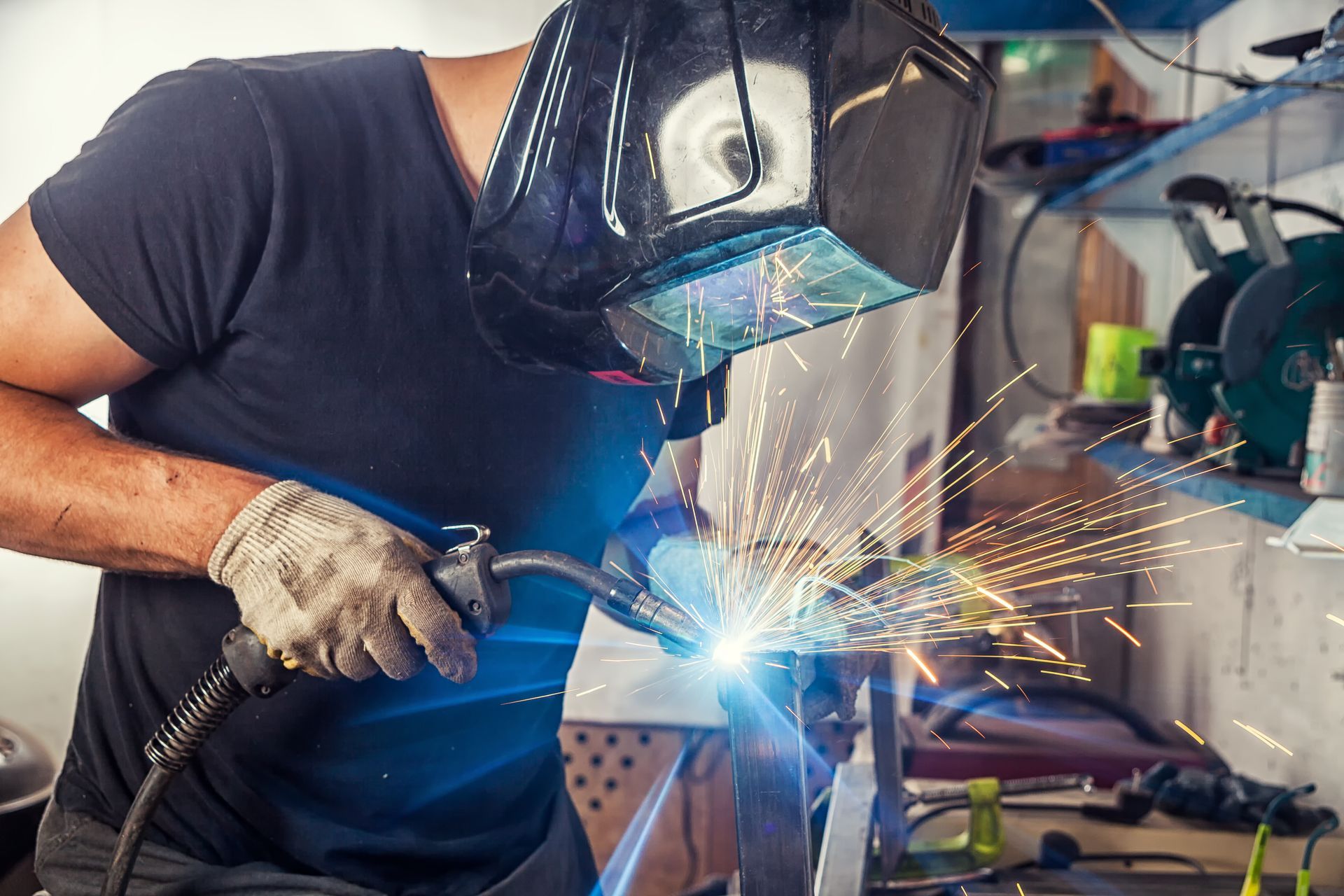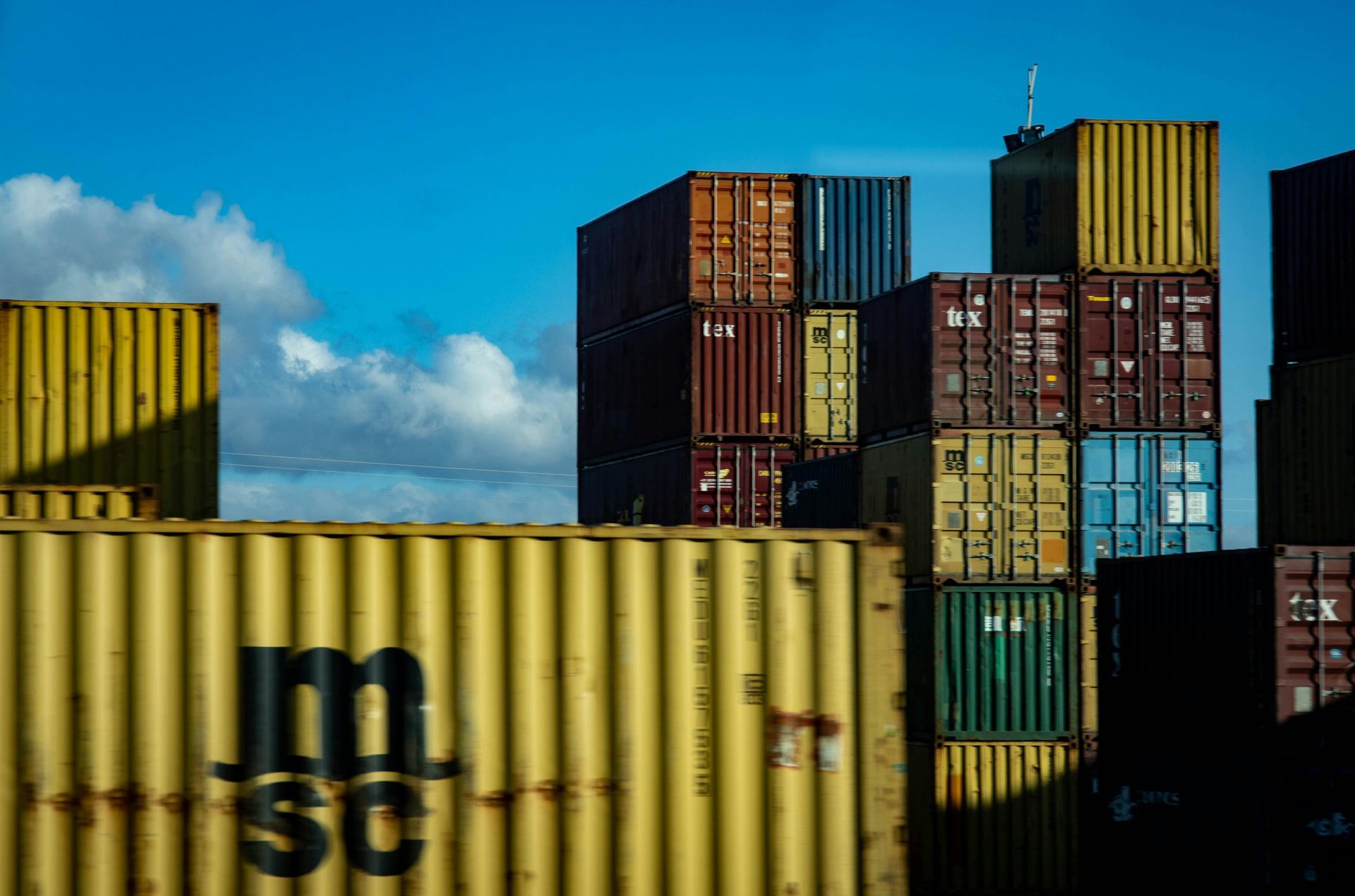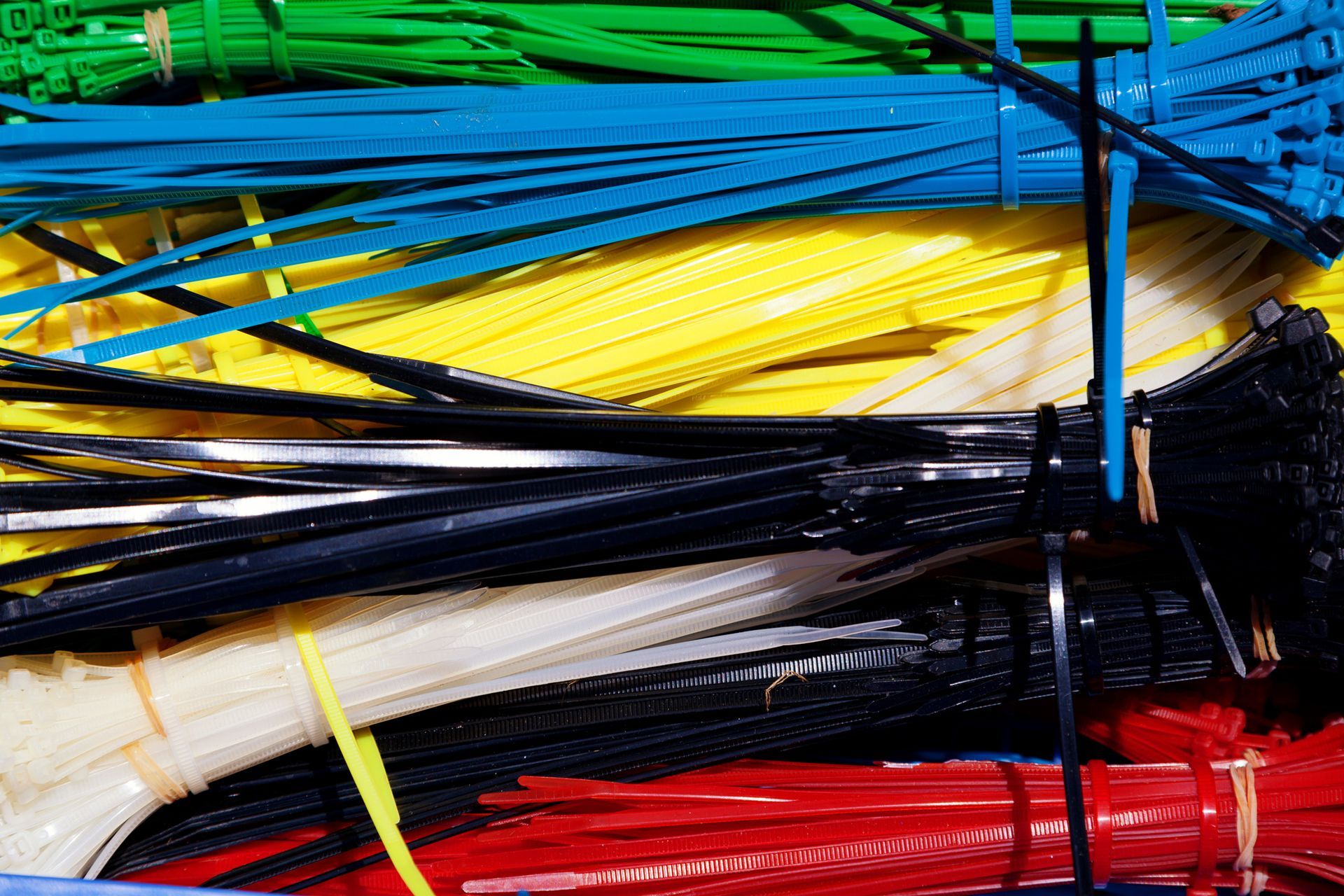Safety Tips for Outdoor Summer Projects
Spring and summer are great times to get outside and work on home improvement projects or DIY adventures. If you're planning a home renovation, woodworking project, or welding job, outdoor projects can be a great way to improve your home and get some much-needed fresh air. Whether you're someone who always has a project going, or someone who’s less mechanically inclined, there are important safety tips to keep in mind when working outside in the heat. As you're visiting your local hardware store to pick up supplies for the project, stocking up on safety gear is crucial. Let's look at some general tips to keep you safe while working on outdoor summer projects.
Keep Safe in the Heat
Summer can be a great time to work outdoors, but it can also be dangerous if you're not careful. When working outside, it is important to wear lightweight, breathable clothing that can help keep you cool. Additionally, you should try to work during the early morning or late evening hours when the temperature is cooler. If you must work during the middle of the day, take frequent breaks and stay hydrated.
Use Sun Protection
Even on cloudy days, the sun's harmful rays can cause skin damage and increase your risk of skin cancer. To protect yourself, wear a wide-brim hat and sunscreen with an SPF of at least 30. Reapply sunscreen every two hours or after sweating.
Stay Hydrated
Working outside in the heat can quickly lead to dehydration, which can cause fatigue, headaches, and dizziness. To prevent dehydration, drink plenty of water throughout the day. If you're working for an extended period of time, consider drinking a sports drink that can help replace lost electrolytes.
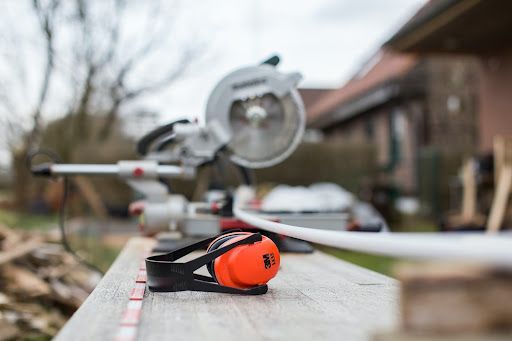
Use PPE
Personal protective equipment (PPE) is essential when working on outdoor projects. Depending on the type of project you're working on, you may need to wear gloves, safety glasses, a dust mask, or a hard hat. Always wear the appropriate PPE for the job, and replace any damaged or worn-out equipment.
Keep Kids and Pets Away from the Worksite
Keeping kids and pets away from the worksite is important when working on outdoor projects. Not only can they be a distraction, but they can also be injured by power tools or other equipment. Keep the worksite fenced off or otherwise secured; never leave tools or equipment unattended.
That being said, if you have children or kids in the neighborhood who are off from school and hanging around, you may consider showing them your project and
teaching them about the tools
you are using. One of the best ways to promote safety for children is to explain what different tools are and how they are used. If the children are old enough to use one of your tools appropriately, you can even demonstrate for them and guide them in using the tool. Curious kids who don't know how to work a tool are more accident-prone than careful kids who know how to operate a tool properly.
Keep Your Project Secure
If you're working on an outdoor project that still needs to be completed, keeping it secure and covered is important if there may be rain overnight. This can help prevent damage to the project and ensure it stays in good condition. Make sure to secure any loose materials, cover the project with a tarp, and weigh down the edges to prevent them from blowing away.
Keeping individual parts of the project secure can be easy with cable ties. Here at KDAR, we are a wholesale supplier of many different types of cable ties and supporting products. We have cable ties for just about any job, tightening tools, and more.
Keep Pests Away
Keeping pests such as bees, wasps, and mosquitoes away is essential when working on outdoor projects. Wear long-sleeved shirts and pants to prevent bites and stings, and use insect repellent. Additionally, try to work during the early morning or late evening hours when pests are less active.
Outdoor projects can be a fun and rewarding way to improve your home and enjoy the outdoors. However, taking safety precautions to prevent injuries and accidents is important. By keeping these safety tips in mind, you can ensure that your outdoor project is a success and that you and your family stay safe throughout the process.

Work With KDAR Company
Here at KDAR, we take our role as a wholesaler for welding equipment, cable ties, and more seriously. Our retailers can trust us to provide dedicated service and industry expertise. Contact us today to learn more!
